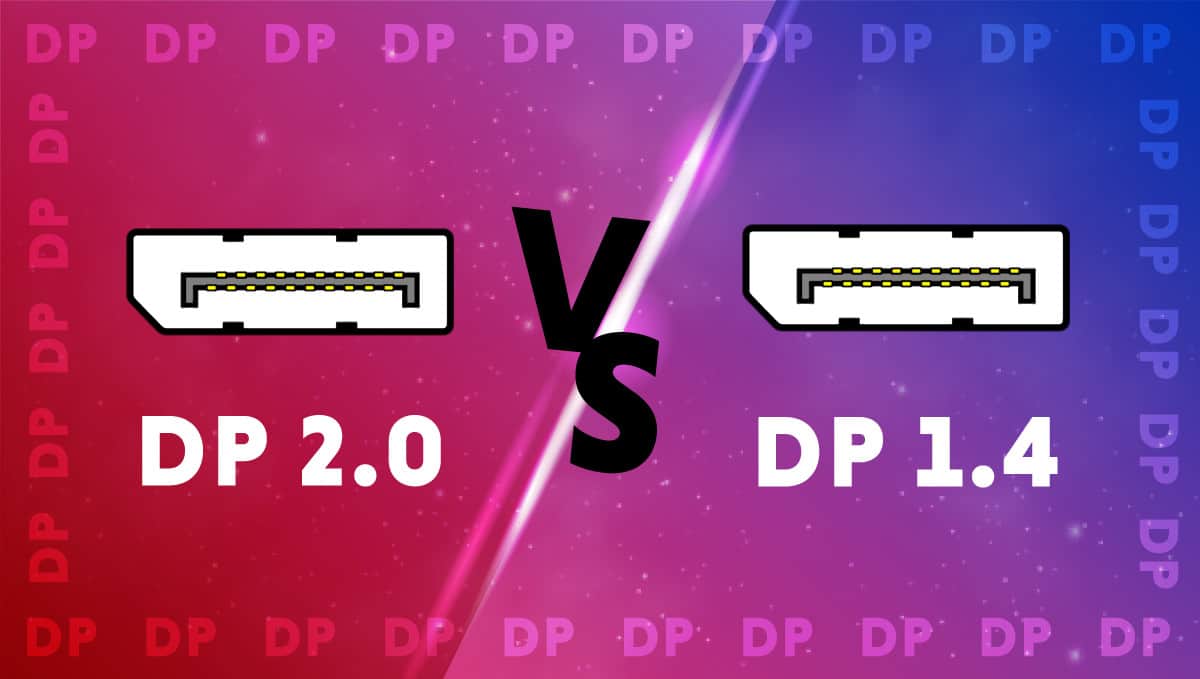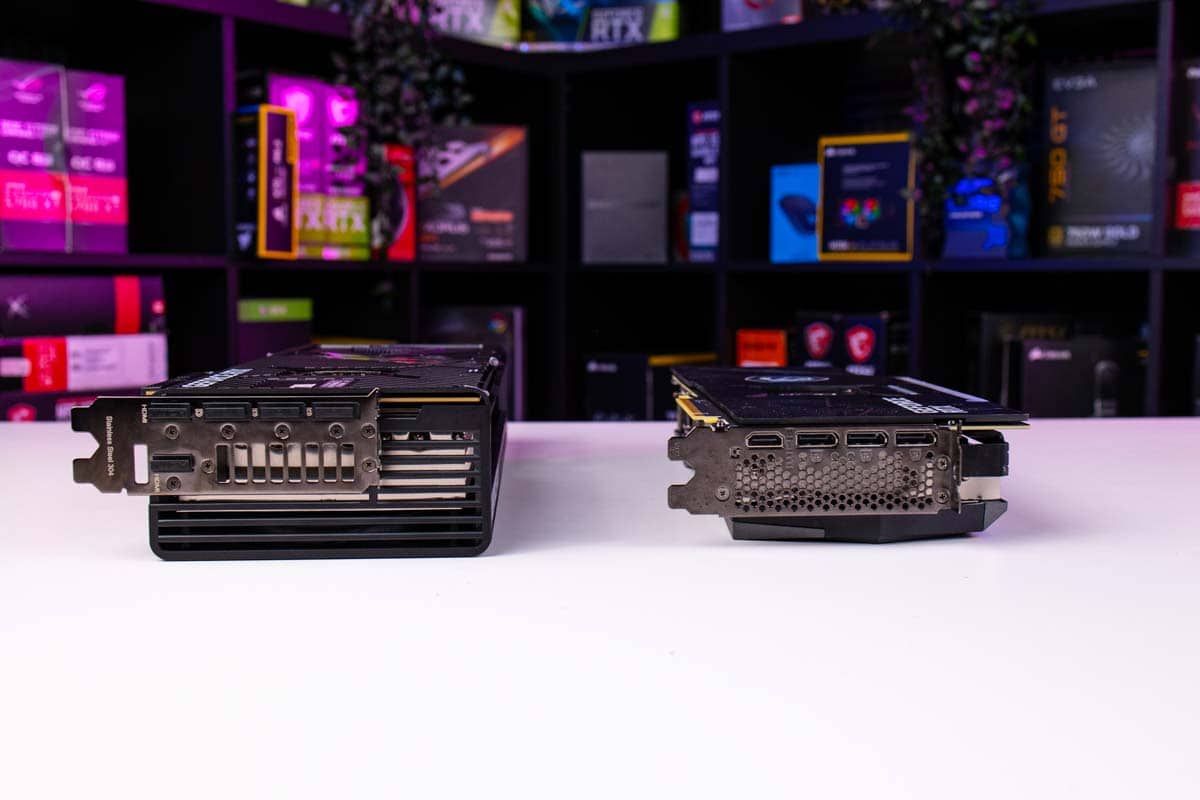DisplayPort 2 vs 1.4
An improvement in the generation does mean it can unlcok some more potential so what does DisplayPort change

WePC is reader-supported. When you buy through links on our site, we may earn an affiliate commission. Prices subject to change. Learn more
In 2019, the VESA (Video Electronics Standards Association) published the DisplayPort 2.0 specification. This more recent version has some fantastic features.
This is the updated DisplayPort 1.4 specification. Compared to the 1.4, this DisplayPort 2.0 is significantly better.
The features that both DisplayPort 1.4 and 2.0 contain are the key distinctions between them. On DP 2.0, there are some improvements over 1.4. It seems sensible to argue that DisplayPort 2.0 is the most recent version and that it includes specific cutting-edge capabilities from 1.4 or earlier versions.
Read now: AMD RDNA 3 GPUs announced
Here are a few basic facts about each. This DisplayPort 2.0 is the first DisplayPort, according to VESA’s claims, that can support up to 16K at a refresh rate of 60Hz and a maximum of 30 bits per pixel.
The maximum bandwidth supported by DisplayPort 1.4 is 32.4Gbps. The DP 2.0 may increase its maximum bandwidth by thrice to 80Gbps. 8.1 Gbps are transmitted over four lanes by DisplayPort 1.4Gbps is the maximum data rate. DisplayPort 2.0 has three different data rates of resolutions over the 4 lanes, each of which is 10Gbps, 13.5Gbps, and 20Gbps.

The only wire that satisfies everyone’s needs is DisplayPort 2.0. The cables are subject to strict quality checking. HDMI and DisplayPort are only a couple of the wires that the Advanced Cable Tester V2 can support.
Even DisplayPort 2.0 can be tested using this tester. It can be utilized to check the cable’s level and quality standards. This tester checks the pins for continuity (openings or shorts).
You may quickly and thoroughly inspect the cables with Cable Tester V2. This gadget is built to work with both factory and line settings. We can determine the level of each cable thanks to this equipment.
These were some of the critical distinctions between the DisplayPort 1.4 and DisplayPort 2.0 feature sets. Each of them is specialized. But compared to DisplayPort 1.4, the recently released DisplayPort 2.0 includes more sophisticated functionality.
These are important differences that AMD RDNA 3 is implementing to take advantage of and improve over its competition. Allowing you to have much higher refresh rates monitors to take advantage of the powerful graphics cards.





